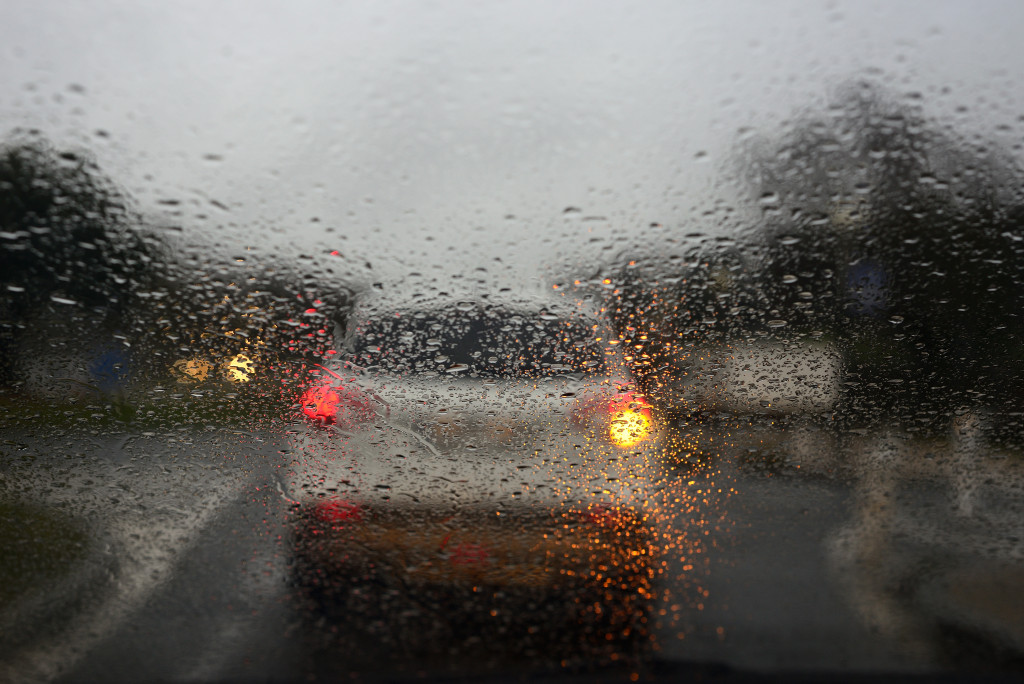It can be tough to find the time to take a road trip today with our busy lives. Between work, family obligations, and other commitments, finding the time to get away can be hard. So neither the rainy season nor the bad weather should stop you from going on that long-awaited road trip.
Rainy weather can put a damper on your travel plans, but it doesn’t have to stop you from enjoying your vacation. But before you hit the road, it’s important to ensure your car is prepared for the journey ahead. Here are five tips to help you prep your car for a rainy road trip:
Upgrade your wipers
If your wipers are old or damaged, they may not be able to clear your windshield properly in rainy weather. The rubber blades on the scraper grow worn, brittle, and cracked with time, creating distracting skips and streaks as they glide across the glass. As a result, you’ll have difficulty seeing through your windshield, which can be dangerous.
Upgrading your wipers is an easy and inexpensive way to improve your visibility while driving in the rain. When choosing the right wipers, look for ones made of soft, durable rubber and have a curved design to fit the contours of your windshield. Add a little wiper fluid, and consider washer fluid with antifreeze additives. This will help prevent your washer fluid from freezing in colder temperatures and help you see better in the rain.
Check your tires
Next, make sure your tires are properly inflated and have enough tread. Bald or underinflated tires can be dangerous, especially in wet weather. Your tires can lose traction and grip on the road, making driving more difficult. Uneven tread can also cause your car to hydroplane, which is when your tires lose contact with the road and you start to slide.
To check your tread, use a penny. Place the penny on its side in the tread. If you can see Lincoln’s entire head, it’s time for new tires. Your tread is fine if you can’t see the top of his head.
It’s also important to check your tire pressure regularly. Tires can lose air over time, so checking them often is necessary. Use a tire pressure gauge to check the pressure of each tire and inflate them as needed.
Ceramic coat your car
Acid rain is an absolute natural phenomenon, contrary to popular belief. When the liquid is on the acidic side of the pH scale, it can wreak havoc on vehicle paint and other surfaces. A ceramic coat can help keep your car clean and protected from rain and road salt. This will make it easier to clean up after a rainy road trip.
There are ceramic coating services for cars that can help you do this. They can help your choose the best ceramic coating for your car that can provide a durable barrier against harmful elements and can help protect your paint job from scratches, dirt, and other debris. Ceramic coatings can protect your vehicle every season from harmful UV rays, vandalism, filth build-up, premature aging and oxidation, weathering, bird droppings, and brake dust.
Because it repels water and pollutants, your vehicle will stay looking fresh for longer than you ever imagined. And when the time comes to wash your car, you’ll be shocked at how simple and fast it was to clean up.

Time for lights check-up
It’s also essential to ensure your car’s headlights and taillights are in good working order before you hit the road. This is especially important in wet weather when visibility is reduced. Headlights can dim over time, so it’s crucial to regularly clean them and check their aim.
Check your headlights, taillights, and turn signals to ensure they work correctly in wet weather. To check your headlights, park your car in front of a wall at night. Get out of the vehicle and have someone turn on the headlights.
If you can’t see the light beam, your headlights need to be adjusted. You can adjust them yourself or take your car to a mechanic to have them checked.
Don’t forget your batteries
Make sure your car has a full charge before you hit the road. Extreme cold weather or dampness can strain your battery, and humidity might cause terminal corrosion and minor electrical grounds that drain it overnight. So, before taking off, it’s critical to make sure your equipment is in good working order.
If you’re traveling in a remote area, it might be a good idea to pack an extra battery or two just in case. To test your battery, turn on your car’s headlights and start the engine. If the headlights dim when you start the engine, your battery is weak and needs to be replaced. So, instead of spending the night stranded in the rain, investing in a new battery is a lot better.
Prep your car
These are just a few tips to help you prep your car for your next rainy weather road trip. You may also prepare an emergency kit for your vehicle, including jumper cables, flares, a first-aid kit for passengers, and a flashlight. By taking the time to prep your car before you hit the road, you can help ensure a safe and enjoyable trip for everyone involved.
